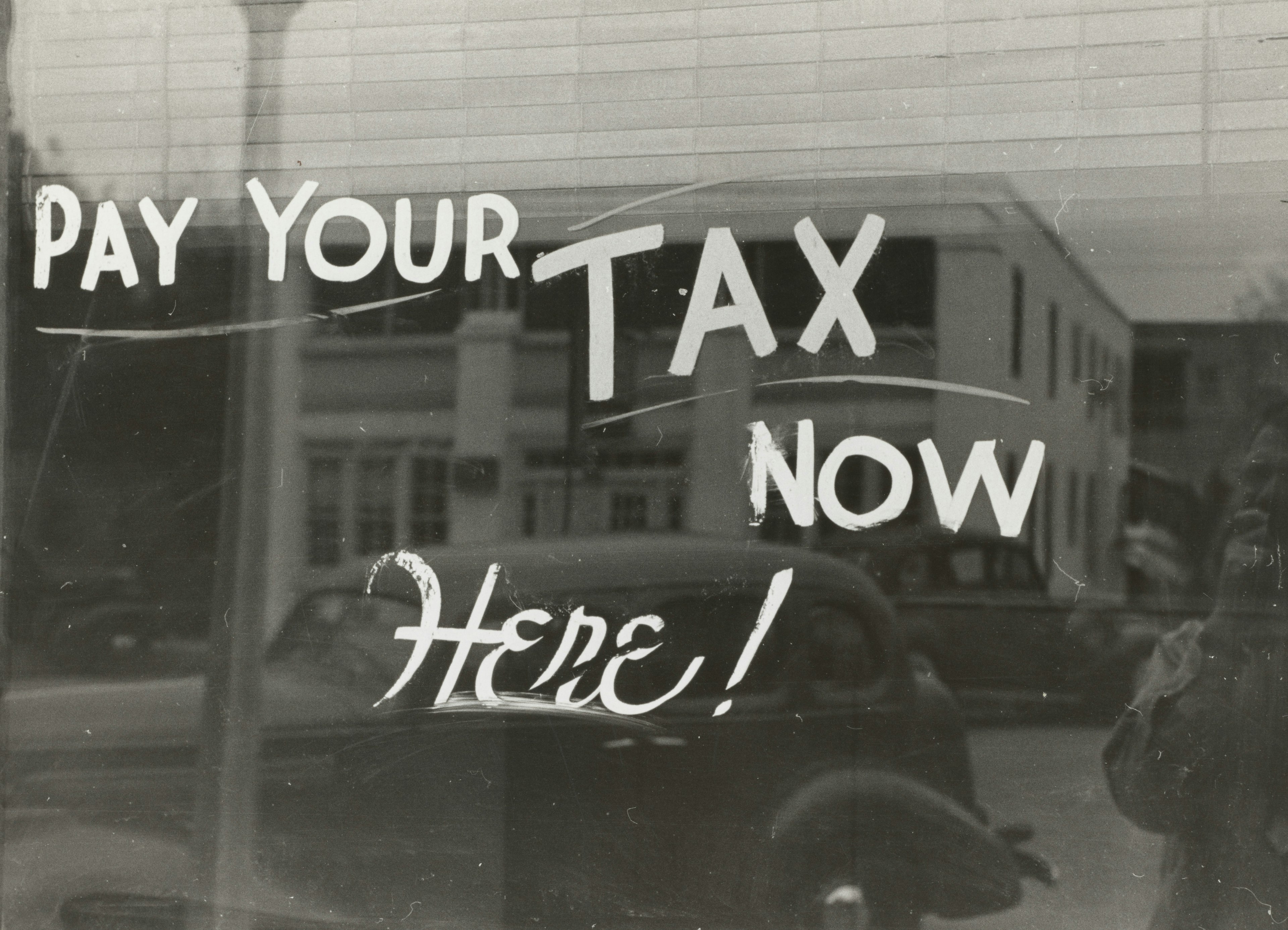Three ways to add funds to your 401(k) account
You can contribute funds to your Human Interest 401(k) by:
Making elective deferrals through pre-tax dollars, i.e., a Traditional 401(k) contribution,
Making deferrals using post-tax dollars, i.e., a Roth 401(k) contribution, and
Though less common, in addition to these two types of contributions, some plans allow for voluntary, after-tax contributions. (We don’t support voluntary, after-tax contributions at Human Interest.)
Read more about Traditional vs. Roth 401(k)s.
What is a voluntary after-tax contribution?
As the term suggests, voluntary, after-tax contributions are just that – contributions to your 401(k) retirement plan that are made by you, the employee, without any benefit of being tax-deductible.
Why use a voluntary, after-tax contribution?
In short, you might be able to contribute more than the annual limit. That’s relevant only if you’re among the small number of people who put in the full amount to max out their 401(k) – 87% of people don’t.
The annual contribution limit: You have the option to contribute up to $23,500 of earnings to your company-sponsored 401(k) retirement plan (using traditional pre-tax or Roth deferrals). If you are 50 years of age or older, the amount increases to $30,500. If you are aged 60 - 63, the amount increases to $34,750.
In addition to the contribution limit, which applies to the total of Traditional and Roth contributions, there is a maximum amount that you can contribute in total to a 401(k) (or any other type of tax-deferred retirement plan). For 2025, that amount is $70,000 if you are under age 50. If you are 50 years old or older, the amount jumps to $77,500 (read more about age 50+ catch-up contributions). If you are between 60-63 years old, the amount is $81,250.
Example: When you only look at employees who are under the age of 50, it means that even after you make the maximum allowance of $23,500 of contributions, you may still have the potential to contribute another $46,500 after taxes (less employer contributions, such as matching, profit-sharing, and reallocated forfeitures).
While the IRS technically allows it, provided you adhere to certain restrictions, most employers don’t allow it.
Why don’t most employers allow voluntary, after-tax contributions?
In short, it’s due to federal regulation. To ensure all employees have equal access and benefit from a company’s retirement plan, the IRS requires annual “compliance testing.”
One factor that weighs against a company’s ability to pass the plan is if there are some employees, in particular, highly-compensated employees or part-owners (see the IRS definitions), who make significantly greater 401(k) contributions than rank and file employees.
When looking at the total contributions to the plan, even just one employee contributing near the $70,000 annual limit can mean that an employer ends up failing compliance testing. This can require corrective action, such as the employer refunding contributions that make it out of balance. As a result of the risk, most employers prefer to disallow voluntary, after-tax contributions.
How voluntary, after-tax contributions work
During the time you are employed, you can contribute using a combination of deferring from your paycheck and voluntary, after-tax contributions. Both of these earn additional income for your retirement on a tax-deferred basis.
If you decide to roll your voluntary, after-tax contributions into a Roth IRA, you typically need to leave your place of employment, whether it’s because you retire, quit, or have been terminated. After this is complete, you may be able to move your funds, which is a routine procedure with employer-sponsored retirement plans.
Your next step will be to figure out what the total amount of voluntary, after-tax contributions you made is. Then you can start the process of rolling over your after-tax contributions into a Roth IRA. What’s important to remember is that deciding to roll over after-tax contributions into a Roth IRA doesn’t happen automatically. Be sure to consult a tax professional when navigating how to roll over Roth 401(k) contributions into a Roth IRA — there are a few tricky spots!
In general, you want to make your contributions in the following sequence:
Aim to make the highest contribution that you can afford in order to optimize your chances of a secure retirement. Ideally, it should be at least enough to get the maximum contribution amount that your employer will match. (Note: Employer matching contributions are always treated as pre-tax, or traditional, 401(k) contributions.)
You’ll need to decide what balance makes sense, but you can contribute to both a pre-tax (aka traditional) 401(k) and a Roth amount, so long as the combined total contribution that you put in doesn’t go beyond the maximum of $23,500 ($31,000 if you're age 50-59 or 64+; $34,750 if between the ages of 60-63). The benefit of using the Roth 401(k) option is so you can reap the benefits of tax-free earnings from the moment those funds enter your 401(k).
How Roth and after-tax contributions differ: withdrawals
If a Roth 401(k) is offered at your work (it’s a default option in nearly all Human Interest plans), you can use elective deferrals to fund it as they are also considered after-tax contributions. If you withdraw from your Roth 401(k), it’s different from withdrawing your voluntary, after-tax contributions.
If you are at least 59 1/2 years old, you won’t have any taxes if you make qualified withdrawals from your Roth 401(k). Before you reach 59 1/2 years old, you don’t have tax-free access to any contributions you make to a Roth 401(k) — except under very specific, limited circumstances. However, this is not the case with any voluntary, after-tax contributions made to your 401(k) plan.
Downsides to voluntary, after-tax 401(k) contributions
However, there is a downside to allowing voluntary, after-tax contributions in a 401(k) plan. Including after-tax contributions in a plan can pose testing and administrative issues.
One-participant 401(k)s, i.e., plans covering a business owner with no employees or a business owner plus spouse, are least likely to face compliance issues.
Plans with non-highly compensated employees (employees who earn less than $160,000 if the preceding year is 2025) face the greatest number of challenges because they are less likely to pass nondiscrimination testing, which will factor in all after-tax contributions. If they fail, the plan sponsor must take action to ensure all employees (both those earning over the $160,000 IRS limit and those who are not) are receiving a similar level of benefit.
The result: they either return contributions to employees who put in a lot, or add money in on behalf of employees who did not. Either way, it can be a big administrative headache.
However, since highly compensated employees are most likely to make voluntary, after-tax contributions compared to the other employees, plans (whether designed to be safe harbor or not), tend to be at serious risk of failing the ACP and Top Heavy tests (read more about ACP, Top Heavy, and other compliance tests).
Rolling over voluntary, after-tax contributions to a Roth IRA
The IRS will let you roll over your voluntary, after-tax 401(k) contributions to a Roth IRA, and the amount of your pre-tax 401(k) contributions and accumulated investment earnings will roll over to a traditional IRA.
In theory, opting for a rollover into a Roth IRA could be the “golden goose” of your retirement planning thanks to any contributions above the contribution limit being done after taxes. You can convert any nondeductible portion of your 401(k) to a Roth IRA without the risk of federal income tax liability on the converted amount. And, once you roll over the funds, your future withdrawals will be converted from tax-deferred status to tax-free.
To make this clearer, imagine if you forego contributing $7,0000 each year to a Roth IRA — which is the contribution limit. Instead, you make voluntary, after-tax contributions of up to $46,500. This not only gives you more money, but it is also income you get on a tax-free basis when you retire. With a Roth IRA rollover, you didn’t receive any tax deduction on the voluntary, after-tax contributions, so you don’t need to pay taxes on the conversion.
Low-cost 401(k) with transparent pricing
Sign up for an affordable and easy-to-manage 401(k).
Article By
The Human Interest TeamWe believe that everyone deserves access to a secure financial future, which is why we make it easy to provide a 401(k) to your employees. Human Interest offers a low-cost 401(k) with automated administration, built-in investment education, and integration with leading payroll providers.


